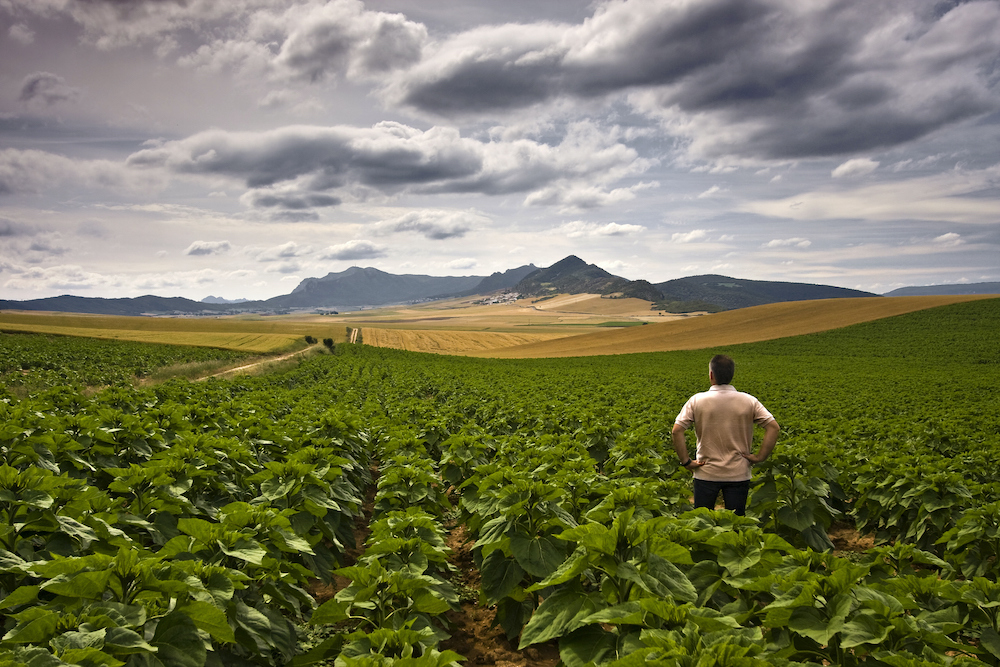Opinion: crop insurance subsidies are harming U.S. farming

By Environmental Working Group (EWG) vice president for government affairs Scott Faber
 The Senate is expected to start debate this week on adoption of common sense reforms to the federal crop insurance program as part of the food amendment bill.
The Senate is expected to start debate this week on adoption of common sense reforms to the federal crop insurance program as part of the food amendment bill.
This issue could not be more important. Crop insurance has quietly become the primary source of federal subsidies for farmers. The cost to taxpayers of heavily subsidized crop insurance has steadily increased from US$2 billion in 2001 to US$9 billion in 2011.
Unexpectedly pricey
A program once intended to reduce the need for ad hoc disaster payments has become far more costly than policymakers ever imagined.
A decade ago, the U.S. Department of Agriculture (USDA) paid, on average, 30% of the cost of insurance premiums. But in the year 2000, to encourage more farmers to buy insurance, Congress dramatically expanded subsidies to both farmers and insurance companies.
Today, the USDA pays an average of 62% of farmers’ premium subsidies and spends US$1.3 billion a year on payments to insurance companies and agents that sell policies to farmers. Crop insurance has morphed from a program designed to compensate producers for weather-caused crop losses to a guarantee of farm income. The program's costs have exploded.
Over the next decade, taxpayers are expected to pay out another US$90 billion for the program, nearly twice traditional farm subsidies.
Lack of accountability
Unlike other subsidies, Congress does not know who receives these subsidies, even though many crop insurance companies are major donors to members of the House and Senate agriculture committees. Many of these recipients are among the most profitable companies in America.
Bloated insurance subsidies produce powerful incentives to plow up wetlands, grasslands, and marginal lands.
As one farmer told the New York Times last week, "When you can remove nearly all the risk involved and guarantee yourself a profit, it’s not a bad business decision to plow up marginal lands.
"I can farm on low-quality land that I know is not going to produce and still turn a profit," he was quoted as saying. The newspaper cites a 2007 study by the Government Accountability Office that found that crop insurance provided a major incentive to plow up grasslands.
Possible amendments
Fortunately, the Senate may have an opportunity to adopt common sense reforms to crop insurance.
One amendment offered by Senators Jeanne Shaheen and Patrick Toomey will cap crop insurance premium subsidies at US$40,000 per farmer and generate US$5.2 billion in savings. Fewer than 4,000 farmers would be affected by the cap, which is similar to caps on other traditional farm subsidy programs. A separate amendment by Senators Tom Coburn and Richard Durbin would reduce premium subsidies for very profitable farms by 15%.
A third amendment by Sen, Ben Cardin would require farmers who receive these insurance subsidies to protect wetlands and grasslands – a quid quo pro that has been in place since 1985 for farmers getting traditional farm subsidies.
Finally, Senator Kirsten Gillibrand will offer an amendment to cut subsidy program payments to insurance companies – many of which are based in insurance tax havens like Bermuda and Switzerland and are reporting record profits – and would restore cuts to feeding assistance programs and to invest more funding in healthy diets. Crop insurance companies are so grossly over-subsidized that one dollar goes to an insurance company for every dollar that goes to a farmer.
Food prices won't soar
Despite what you may hear from some “farm leaders”, reforming crop insurance will have no impact on crop prices, production, or the price of food.
High prices provide farmers powerful incentives to grow basic commodities. The Food and Agricultural Policy Research Institute (FAPRI), when comparing different subsidy proposals, found that changes to farm subsidies changed the price of food expenditures by, at most, 0.5%.
That won't stop some 'farm leaders' from dissembling. It’s worth remembering that these are the same ‘farm leaders’ who have fought the hardest for ethanol mandates and for dairy and sugar supply controls – all of which actually increase the price of food.
Adopting these common sense reforms – reasonable limits on insurance subsidies to farmers, basic environment protections, and a reasonable rate of return for crop insurance vendors – would constitute a generous safety net for farmers at far less cost to the taxpayer. Adopting payment limits and providing insurance companies a 12% rate of return (down from 14% today) would generate enough savings to avoid any cuts to feeding assistance and conservation programs.
Past cuts
Why didn’t the Senate Agriculture Committee bring that bill to the Senate floor? Instead, it expanded crop insurance by creating a new cotton insurance program that bills taxpayers for 80% of farmer insurance premiums (at a cost of more than US$3 billion) and created a costly new entitlement program to guarantee 89% of a farmer’s revenue (at a cost of US$30 billion). To help pay for this, the committee cut funding for conservation programs by US$6.5 billion and feeding assistance programs by US$4.5 billion.
Current state of play
In its rush to defend the largest farmers and insurance companies, the Senate panel failed to put the public’s interest ahead of the special interests that fund their campaigns. So, now it falls to the full Senate to ensure that our farm safety net helps those farmers who need help when they really need help - and meets the needs of all Americans and the environment.
Enivronmental Working Group Senior Vice President Craig Cox also contributed to this editorial.












































